Filter by
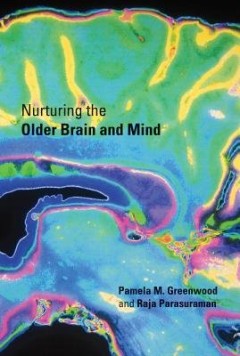
Nurturing the older brain and mind
The authors show that scientific research does not support the notion of the inexorable and progressive effects of cognitive aging in all older adults. They report that many adults maintain a high level of cognitive function into old age and that certain lifestyle factors contribute to the preservation of cognitive abilities.OCLC-licensed vendor bibliographic record.
- Edition
- -
- ISBN/ISSN
- 9780262301336
- Collation
- 1 online resource (xii, 329 pages) :illustrations (some color)
- Series Title
- -
- Call Number
- -

Metabolism of the anthroposphere: Analysis, evaluation, design
Over the last several thousand years of human life on Earth, agricultural settlements became urban cores, and these regional settlements became tightly connected through infrastructures transporting people, materials, and information. This global network of urban systems, including ecosystems, is the anthroposphere; the physical flows and stocks of matter and energy within it form its metabolis…
- Edition
- 2nd ed.
- ISBN/ISSN
- 9780262301329
- Collation
- 1 online resource (x, 392 pages) :illustrations, maps
- Series Title
- -
- Call Number
- -

The dynamic neuron
"A Bradford book."The traditional model of synapses as fixed structures has been replaced by a dynamic one in which synapses are constantly being deleted and replaced. This book, written by a leading researcher on the neurochemistry of schizophrenia, integrates material from neuroscience and cell biology to provide a comprehensive account of our current knowledge of the neurochemical basis of s…
- Edition
- -
- ISBN/ISSN
- 9780262283984
- Collation
- 1 online resource (viii, 150 pages) :illustrations
- Series Title
- -
- Call Number
- -
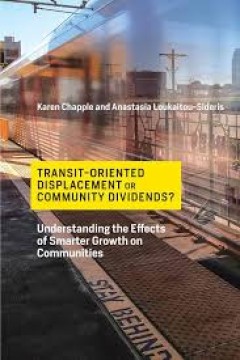
Transit-oriented displacement or community dividends? :understanding the effe…
An examination of the neighborhood transformation, gentrification, and displacement that accompany more compact development around transit. Cities and regions throughout the world are encouraging smarter growth patterns and expanding their transit systems to accommodate this growth, reduce greenhouse gas emissions, and satisfy new demands for mobility and accessibility. Yet despite a burgeoning…
- Edition
- -
- ISBN/ISSN
- 9780262352901
- Collation
- 1 online resource (368 pages).
- Series Title
- -
- Call Number
- -
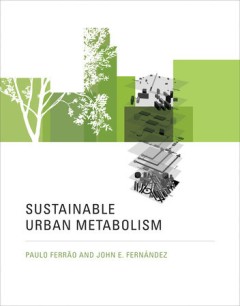
Sustainable Urban Metabolism
A unified framework for analyzing urban sustainability in terms of cities' inflows and outflows of matter and energy. Urbanization and globalization have shaped the last hundred years. These two dominant trends are mutually reinforcing: globalization links countries through the networked communications of urban hubs. The urban population now generates more than eighty percent of global GDP. Cit…
- Edition
- -
- ISBN/ISSN
- 9780262316958
- Collation
- 1 online resource (xiii, 244 pages) :illustrations
- Series Title
- -
- Call Number
- -

The Harvard Jerusalem Studio : urban designs for the Holy City
These studies, conducted in 1980-1984 by teams of faculty, students, consultants, and advisors from the Jerusalem planning community and the Harvard Graduate School of Design, provide a unique sense of Jerusalem's natural and built environment, its livability, cultural diversity, and political and religious tensions.Modern Jerusalem is one of the most fascinating laboratories for urban developm…
- Edition
- -
- ISBN/ISSN
- 0262367963
- Collation
- 1 online resource (326 pages) : illustrations (some color), maps
- Series Title
- -
- Call Number
- 337 SAF h
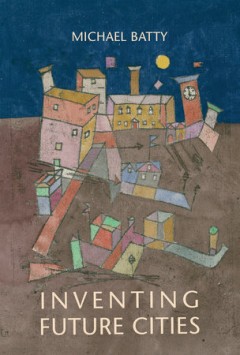
Inventing future cities
How we can invent--but not predict--the future of cities. We cannot predict future cities, but we can invent them. Cities are largely unpredictable because they are complex systems that are more like organisms than machines. Neither the laws of economics nor the laws of mechanics apply; cities are the product of countless individual and collective decisions that do not conform to any grand plan…
- Edition
- -
- ISBN/ISSN
- 9780262349895
- Collation
- 1 online resource (304 pages).
- Series Title
- -
- Call Number
- -
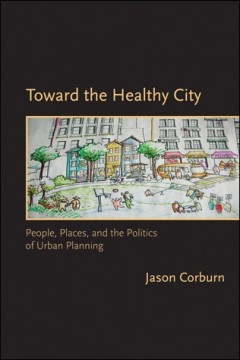
Toward the healthy city People, Places, and the Politics of Urban Planning
A call to reconnect the fields of urban planning and public health that offers a new decision-making framework for healthy city planning.
- Edition
- -
- ISBN/ISSN
- -
- Collation
- 1 online resource (ix, 282 pages) : illustrations, maps.
- Series Title
- -
- Call Number
- -
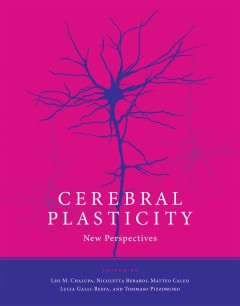
Cerebral plasticity: New perspectives
The notion that neurons in the living brain can change in response to experience—a phenomenon known as "plasticity"—has become a major conceptual issue in neuroscience research as well as a practical focus for the fields of neural rehabilitation and neurodegenerative disease. Early work dealt with the plasticity of the developing brain and demonstrated the critical role played by sensory ex…
- Edition
- -
- ISBN/ISSN
- 9780262295444
- Collation
- 1 online resource (x, 415 pages, 12 unnumbered pages of plates) :illustrations (some color)
- Series Title
- -
- Call Number
- -

American urban form :a representative history
An illustrated history of the American city's evolution from sparsely populated village to regional metropolis.American Urban Form--the spaces, places, and boundaries that define city life--has been evolving since the first settlements of colonial days. The changing patterns of houses, buildings, streets, parks, pipes and wires, wharves, railroads, highways, and airports reflect changing patter…
- Edition
- -
- ISBN/ISSN
- 9780262301671
- Collation
- 1 online resource (183 pages).
- Series Title
- -
- Call Number
- -
 Computer Science, Information & General Works
Computer Science, Information & General Works  Philosophy & Psychology
Philosophy & Psychology  Religion
Religion  Social Sciences
Social Sciences  Language
Language  Pure Science
Pure Science  Applied Sciences
Applied Sciences  Art & Recreation
Art & Recreation  Literature
Literature  History & Geography
History & Geography